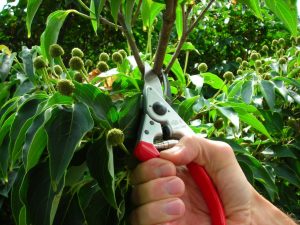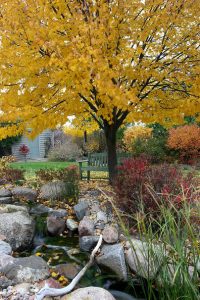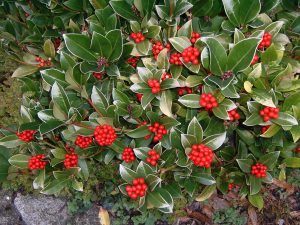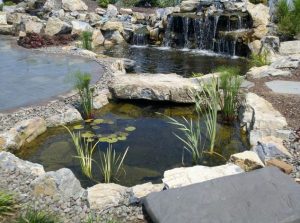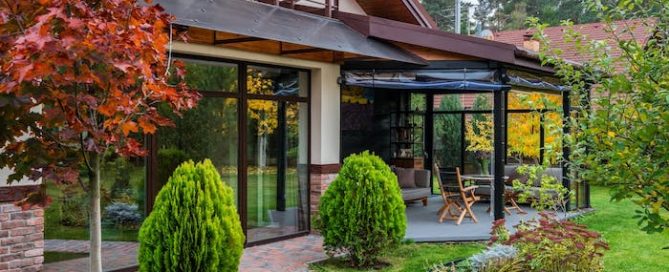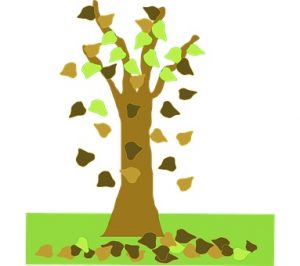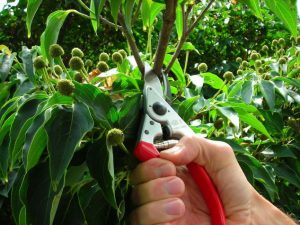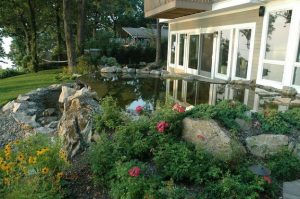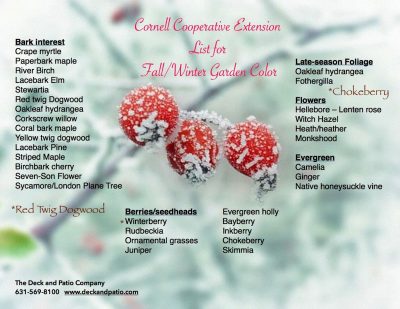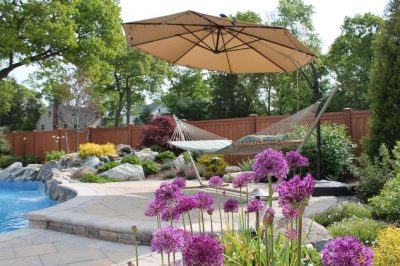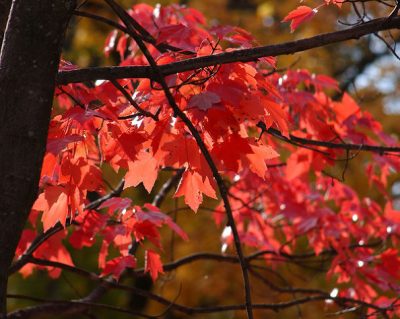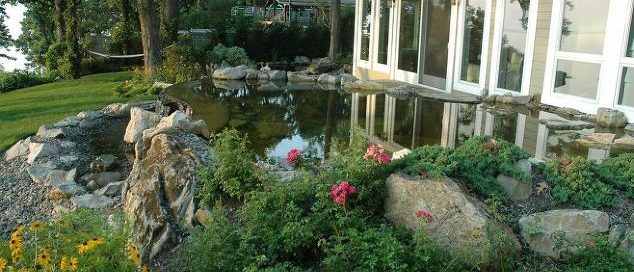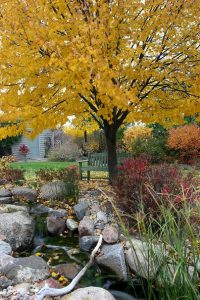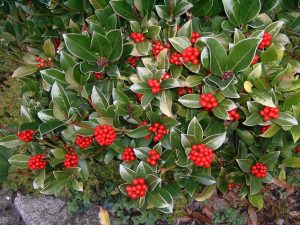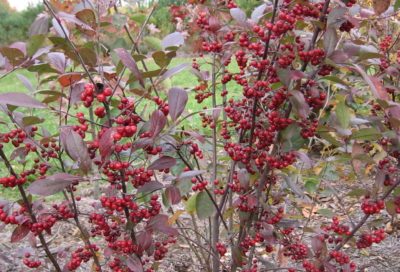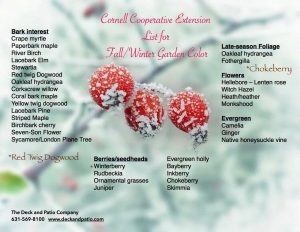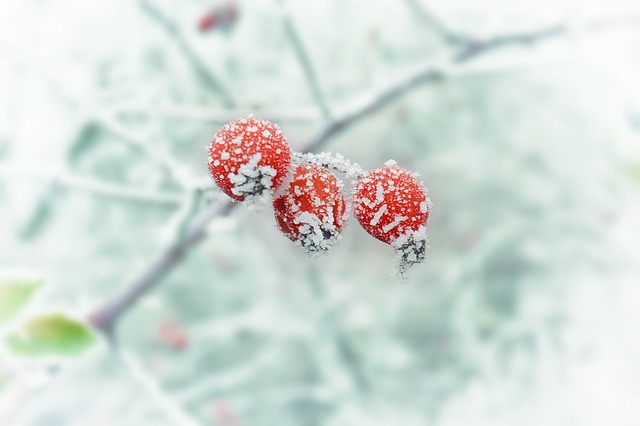A Few Maintenance/Planting Tips – Before the Leaves Fall
Over the next weeks, we’ll provide more in depth information on specific fall backyard maintenance. But today, we’ve got a few tips to begin planning.
It may be weeks yet before you’ll have to face falling leaves, but for sure that colorful foliage will fall in the not too distant future. So kick back and give a few thoughts to some backyard maintenance that can be done now — and that might make falling leaves less of a problem.
Pruning is not something to wait doing. Actually right now — on the cusp of early fall — is the ideal time for this bit of maintenance. Cutting plants back now will give them enough time to callous over before the first frost.
Without callouses, frost can cause them to die back or not bloom come spring. And we don’t want that.
Ponds
If you have a pond or water feature, before too long, it will be time to protect your feature from falling leaves.
“Netting your pond before fall foliage is important,” says Dave Stockwell, owner of Deck and Patio. “But once the leaves have all fallen, you can pull out the netting and easily dispose of the leaves and have pristine clear water come spring. By the way, water features can be enjoyed all through fall, and even into winter.”
Pond experts suggest “tenting” the net so it doesn’t sag into the water when it becomes heavy with leaves and debris.
It’s also a good idea to trim back aquatic plants to reduce the amount of organic material decomposing in the colder months.
Tree Trimming
Before the leaves start falling off your trees, check them out to see if there are any branches that do not have leaves on them.
“This will tell you which branches might offer potential problems later down the road,” says Dave.
“Come the cold weather, dead limbs snap off due to the weight of ice and snow. This can cause havoc with power lines. Not to mention they can be a source of accidents to cars, people and homes.”
So, tree trimming should be on that “to do” list before the leaves fall.
Plantings
To give plants a head start before spring, beginning now, through the end of October, is a great time to be planting.
Many of you will, of course, be thinking of planting bulbs for spring beauties like tulips, daffodils etc. But you can get all kinds of perennials in the ground now that will give you buds in spring, and color next fall/winter.
In an earlier blog, we discussed — Skimmia — along with other plants that offer color in the colder months. In spring these will give you vibrant white flowers; in fall, crimson red fruits (berries) that last through winter.
A bit of effort before the leaves fall — brings big rewards come next outdoor season. Clean pond water, tidy and safe yards, blooming with color.



